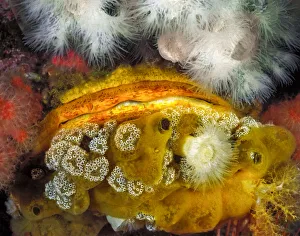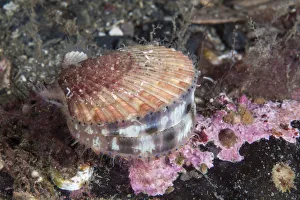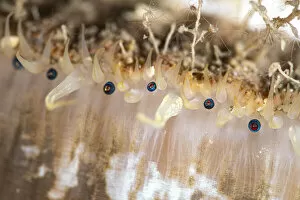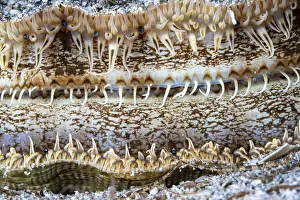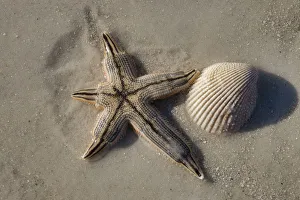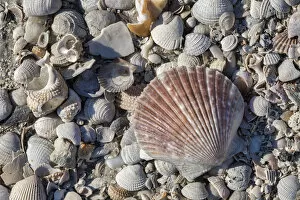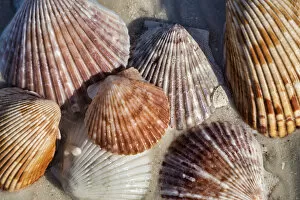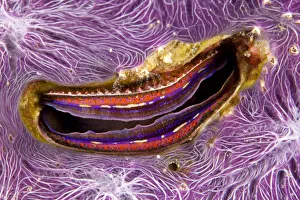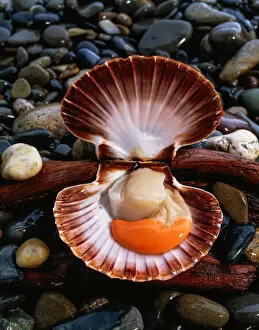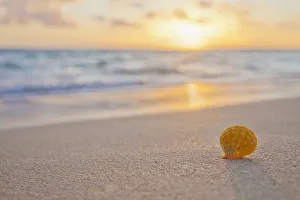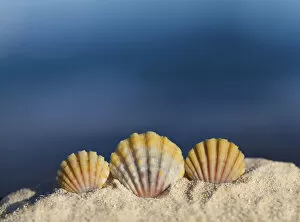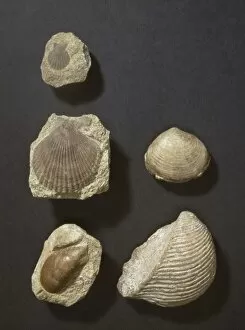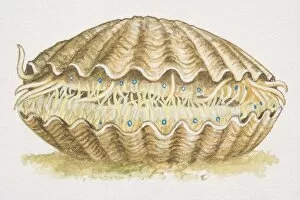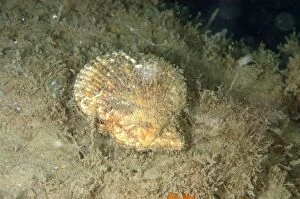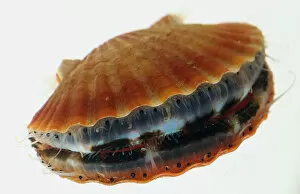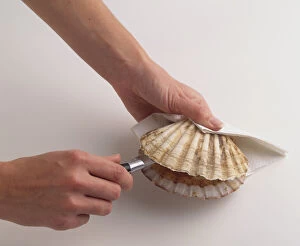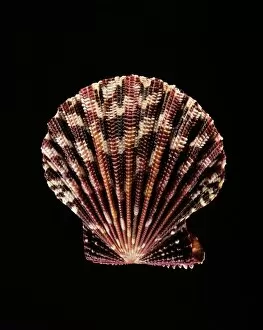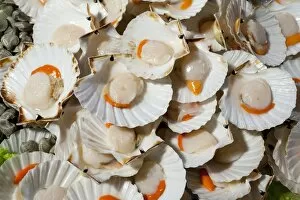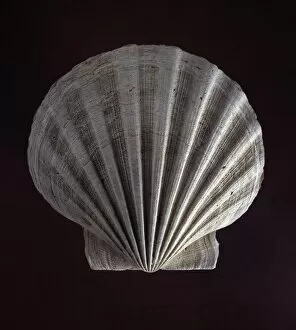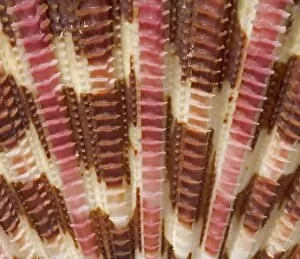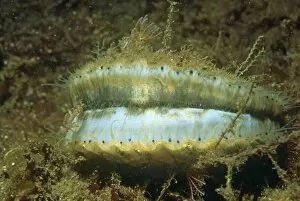Pectinidae Collection
"Pectinidae: A Fascinating World of Scallops" From the Queen scallop gracefully feeding in Glencoe, Ballachulish
All Professionally Made to Order for Quick Shipping
"Pectinidae: A Fascinating World of Scallops" From the Queen scallop gracefully feeding in Glencoe, Ballachulish, Lochaber to the Giant rock scallop encrusted with marine life, these Pectinidae species never fail to captivate us. In July, off the shores of Isle of Man, we witness the beauty of a Queen scallop as it glides through the water. Its delicate presence reminds us of the wonders that lie beneath. The Great scallop's eyes reveal a world unseen by many. With its intricate details and close-up view captured in Ronas Voe, Shetland, Scotland, we are reminded of how vast and diverse our oceans truly are. Trondheimfjord in Norway offers another glimpse into this enchanting realm as we explore a shell belonging to either a Great or King scallop - an exquisite masterpiece shaped by nature itself. Traveling across continents brings us to Honeymoon Island State Park in Dunedin, Florida where seashells adorn sandy shores like precious gems scattered along the coastline. Among them lies a Bivalve scallop nestled inside coral covered with vibrant purple sponge - an extraordinary sight found only in places like Maldives. Scallop Shellfish have long been admired for their unique patterns and symmetrical shapes. As we wander along Honeymoon Island State Park once again, seashells become treasures waiting to be discovered at every step. Pectinidae invites us into their mesmerizing world filled with elegance and wonderment. Whether it's observing their feeding habits or marveling at their intricately designed shells adorned with vibrant colors and textures; these creatures remind us that there is still so much left unexplored beneath the surface of our planet's majestic oceans.


